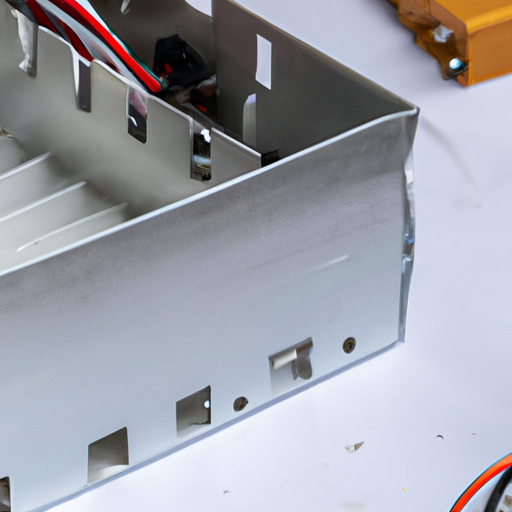Wiring boxes are an essential component in any electrical system, providing a safe and organized way to connect and protect electrical wires. These boxes come in various shapes and sizes, each designed to meet specific needs and requirements. In this article, we will explore the key features of wiring boxes and how they contribute to the overall functionality and safety of electrical systems.

2. Size and Configuration: Wiring boxes come in various sizes and configurations to accommodate different types and quantities of wires. The size of the box is determined by the number of wires that need to be connected and the space available for installation. Smaller boxes are typically used for single-circuit applications, while larger boxes are used for multiple circuits or junctions. Some boxes are designed to be surface-mounted, while others are designed for recessed installation in walls or ceilings.
3. Knockouts and Cable Clamps: Wiring boxes are equipped with knockouts and cable clamps to facilitate the entry and exit of wires. Knockouts are pre-cut holes in the box that can be removed to create openings for wires to pass through. Cable clamps are used to secure and protect the wires inside the box, preventing them from being damaged or pulled out accidentally. These features help to maintain the integrity of the electrical connections and ensure the safety of the system.
4. Grounding and Bonding: Proper grounding and bonding are essential for the safe operation of electrical systems. Wiring boxes are equipped with grounding screws or terminals that allow for the connection of grounding wires. This helps to prevent electrical shocks and ensures that excess current is safely directed to the ground. Bonding straps or connectors may also be included in the box to establish a secure electrical connection between metal components, such as conduit or armored cable.
5. Compatibility with Devices: Wiring boxes are designed to accommodate various electrical devices, such as switches, outlets, and lighting fixtures. The boxes are equipped with mounting brackets or screws that allow these devices to be securely attached to the box. Some boxes also feature built-in cable clamps or strain relief devices to help secure the wires connected to the devices. This ensures that the devices are properly installed and function correctly within the electrical system.
6. Code Compliance: Wiring boxes must meet the requirements of the National Electrical Code (NEC) and other relevant standards to ensure the safety and reliability of the electrical system. The boxes are tested and certified by independent organizations to verify their compliance with these standards. This ensures that the boxes are manufactured to high-quality standards and provide adequate protection for the wires and devices connected to them.
In conclusion, wiring boxes are an essential component of electrical systems, providing a safe and organized way to connect and protect electrical wires. These boxes come in various sizes and configurations, with features such as knockouts, cable clamps, grounding terminals, and compatibility with devices. By choosing the right wiring box for your application and ensuring that it meets code requirements, you can ensure the safety and reliability of your electrical system.